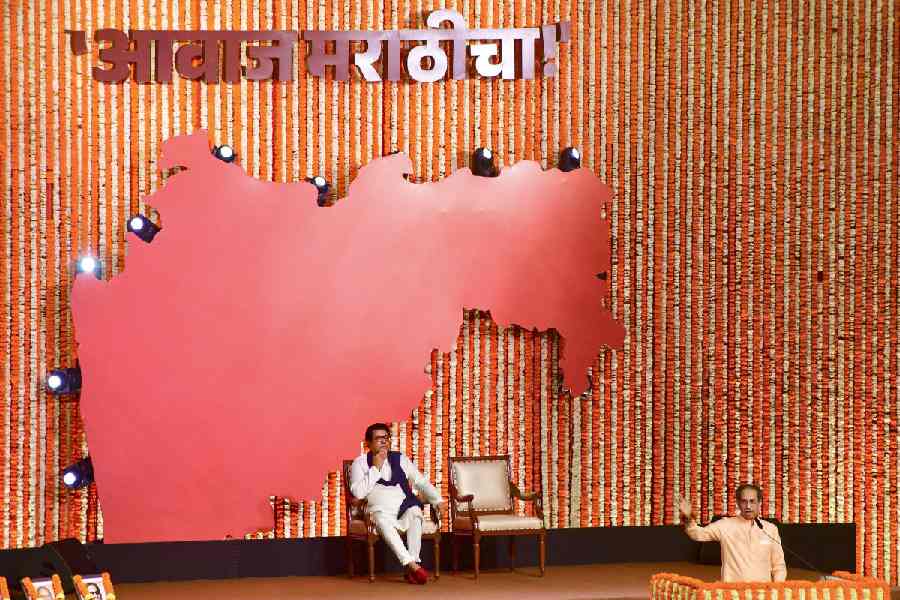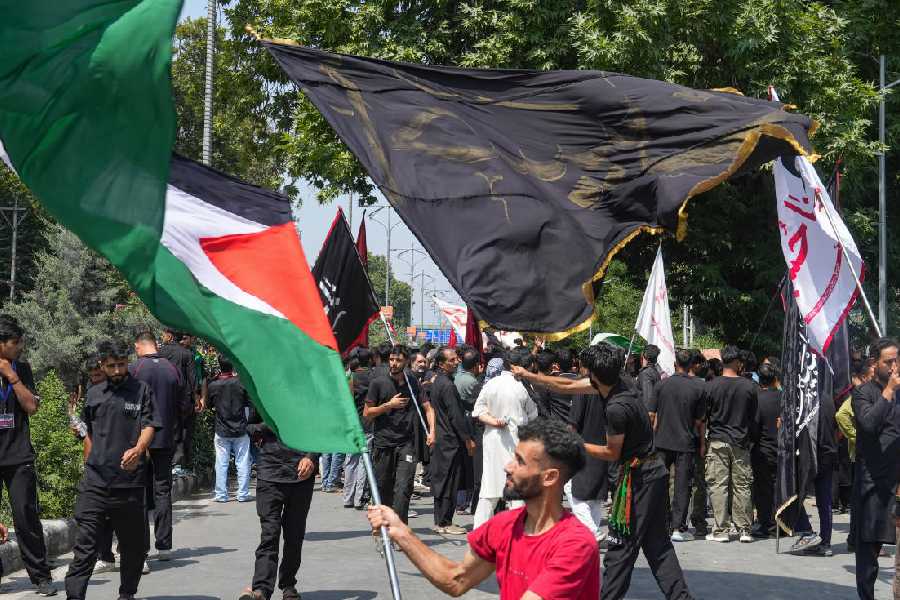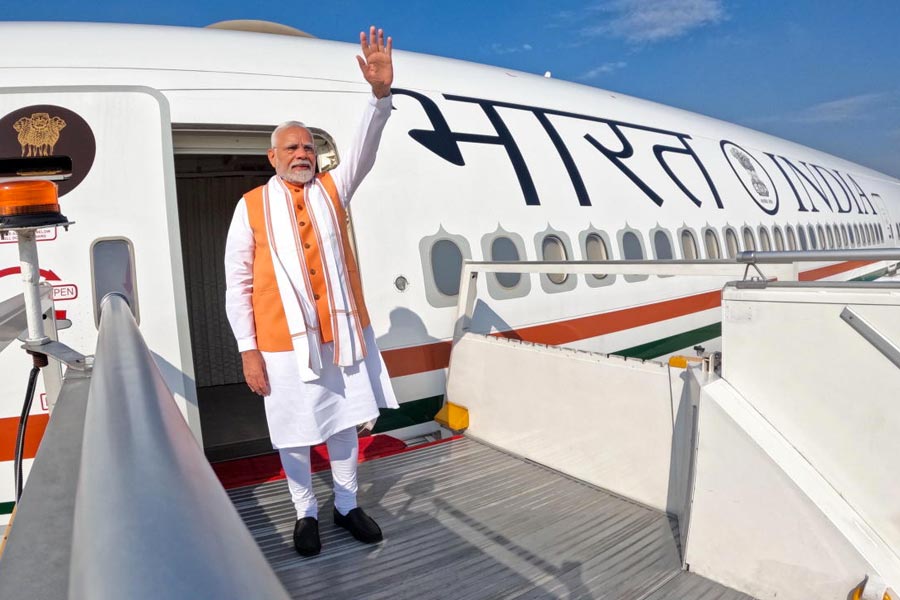 |
| Rescuers gather around the derailed commuter train in Amagasaki, western Japan. (Reuters) |
Amagasaki (Japan), April 25 (Reuters): A crowded Japanese commuter train derailed today and hurtled into an apartment building, killing at least 56 people and injuring hundreds in the country?s worst rail accident in over 40 years.
Workers struggled into the night to rescue people trapped in crumpled wreckage and twisted metal in the first-floor car park of the building, located just six metres from the tracks in a suburb of Osaka city.
?From what rescuers have been able to see, at least four people are believed alive,? a fire department spokesman said. ?But the train is very badly crushed and it?s hard to tell much more than that. We cannot deny that others may be in there.? NHK television said one of the four was unconscious.
Officials said they did not know the cause of the crash, which took place shortly after the morning rush hour. But passengers said they felt the train, which had been late leaving the previous station, had been moving faster than normal.
The fire department spokesman said 56 had died Around 400 people were taken to hospital.
Five of the train?s seven cars derailed in the accident. The train was carrying about 580 passengers when it crashed into the building in Amagasaki, slightly west of Osaka.
Rescuers in hard hats clustered near the twisted remains of the front two cars, one of which had been smashed to less than half its normal width, using cutters and ladders to get inside.
Railway officials said that calculations had shown that a train could derail if it were travelling at nearly twice the speed limit at the site where the accident occurred.
Passenger Tatsuya Akashi, who had been on his way to work, told NHK it felt as if the train had speeded up as it went around a curve. ?I thought there were some strange swings, and then the train derailed. No one knew what happened and everyone kept screaming,? he said.
It was the worst train accident in Japan since 1963 when about 160 people were killed in a multiple train collision at Yokohama, near Tokyo.
?There was no side to the car any more, and bleeding people were crawling out. I heard others screaming: ?It hurts, it hurts??, a woman in her 20s told NHK. Soldiers from Japan?s Self-Defence Forces were sent to the scene to help with rescue efforts.
Operator West Japan Railway Co. (JR West) said the cause of the derailment was under investigation but it confirmed that the train had over-shot the station at its previous stop. ?The priority for now is to rescue the passengers,? West Japan Railway president Takeshi Kakiuchi said.
Company officials said the train?s driver was a 23-year-old man with 11 months experience who had over-shot another station last year.
Satoru Sone, a professor at Kogakuin University, told NHK that the over-run might have indicated a problem with the brakes. ?Then, when they tried to put on the emergency brakes, the wheels could have locked,? he added.
Officials said the speed limit at the site of the accident was 70 km per hour. Calculations showed derailments were possible at a speed of 133 km per hour, they said, although they did not know how fast the train had been going.
?The train over-ran a stop at the previous station and so it backtracked,? a visibly shaken man in his 20s, said.
his face bloodied, told NHK.?So I guess the driver was in a hurry because the train was running late.
?The train was moving so fast, we hit a turn and I didn't think we'd make it,? he added.
Japanese trains generally have a good safety record.
In Japan's last major accident, in March 2000, five people were killed and 33 were hurt when a Tokyo subway train ripped away the side of a carriage of an oncoming train that had derailed in its path during rush hour.
In May 1991, 42 people were killed and more than 600 injured in a crash in Shigaraki, western Japan.
Shares in JR West closed down 3.6 percent in a slightly higher overall market.










